Continuing my walk around the historic centre Macau (see Part 1) I headed south from Senado Square and quite by accident stumbled across the Sir Robert Ho Tung Library (何東圖書館) housed in the mansion which belonged to the influential Eurasian businessman who it’s named after.
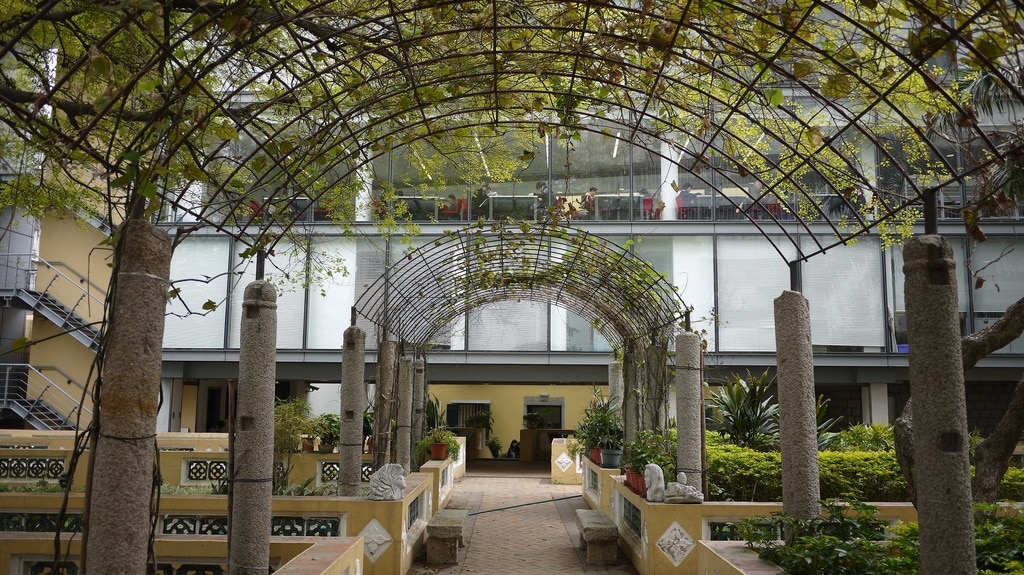
At one point Sir Robert was the richest man in Hong Kong and upon his death in 1955 the building was presented to the government for conversion to a public library. At its front and rear, there are beautiful gardens which are open to the public where free wifi is also provided.
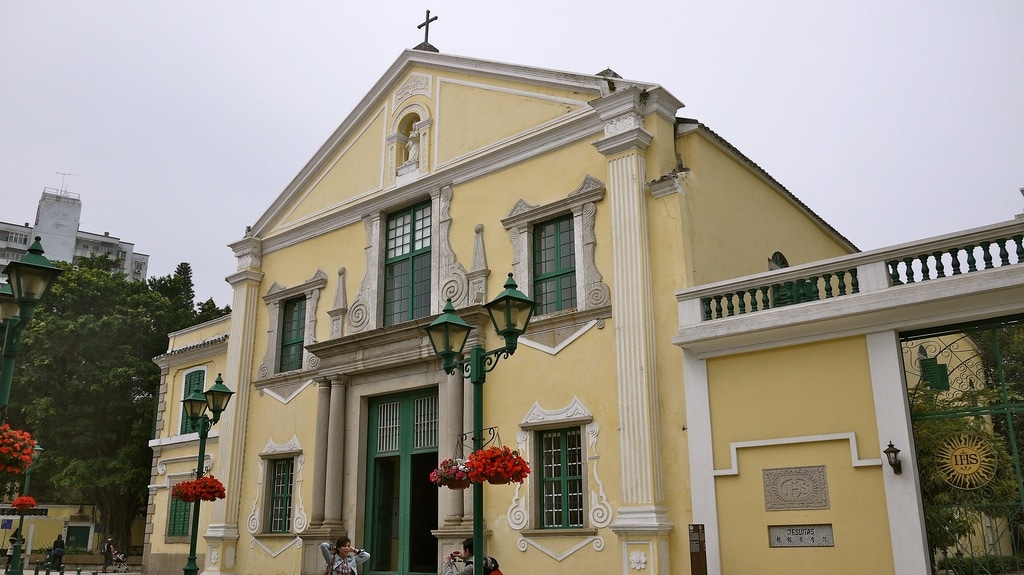
After a short break, I continued along the road passing by St Augustine Church which dates from 1814.
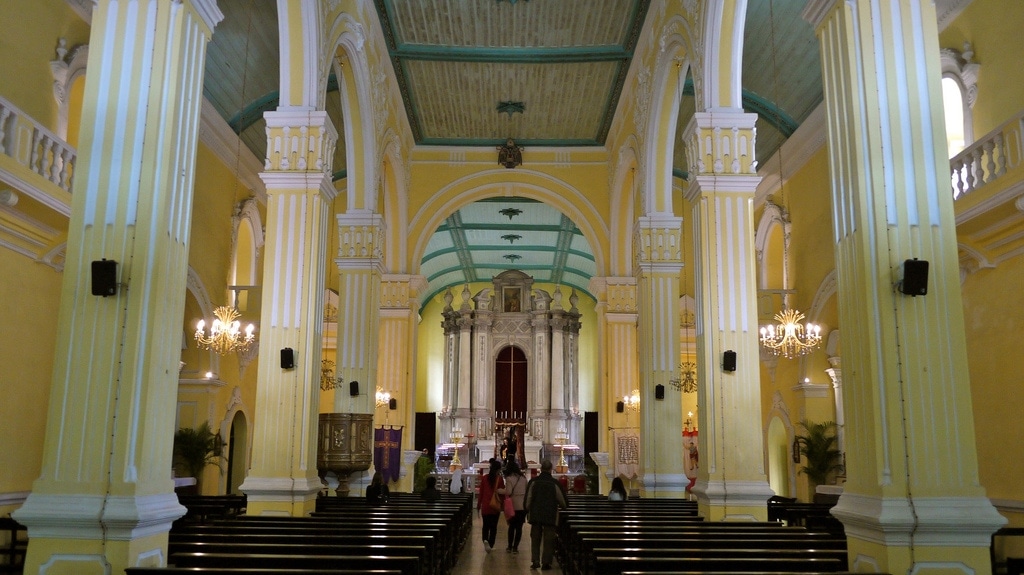
The marble-clad high altar contains a statue of Christ carrying the cross and legend has it that when this statue was taken to the Cathedral by Church authorities it would mysteriously return to the altar of the church by itself. Ever since a procession is held every year on the first Sunday of Lent where it is paraded through the streets.
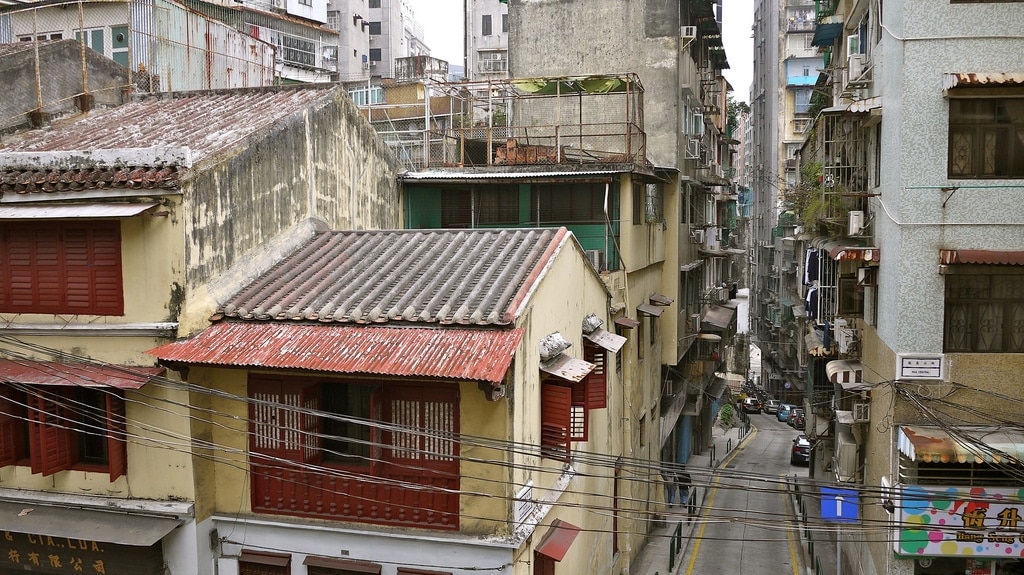
As you move further south more local housing becomes apparent, densely packed into the tight space. Bundles of cables are strung up between buildings in a haphazard, almost organic fashion.
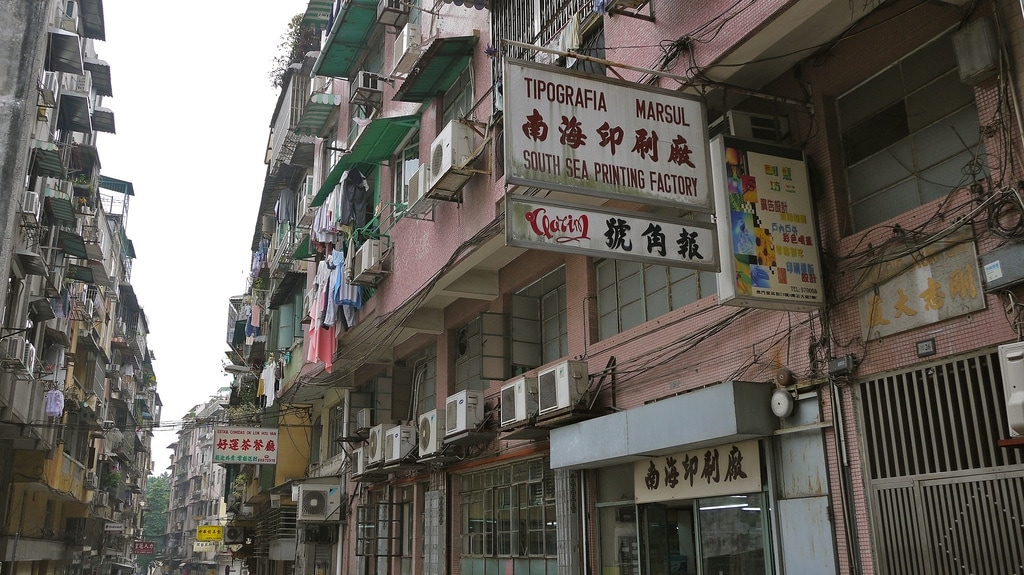
I came across this old local printing factory where the printing presses were still feverishly whirring away inside. Looking through a crack in the window the scene reminded me of my days working at a newspaper company in the UK.
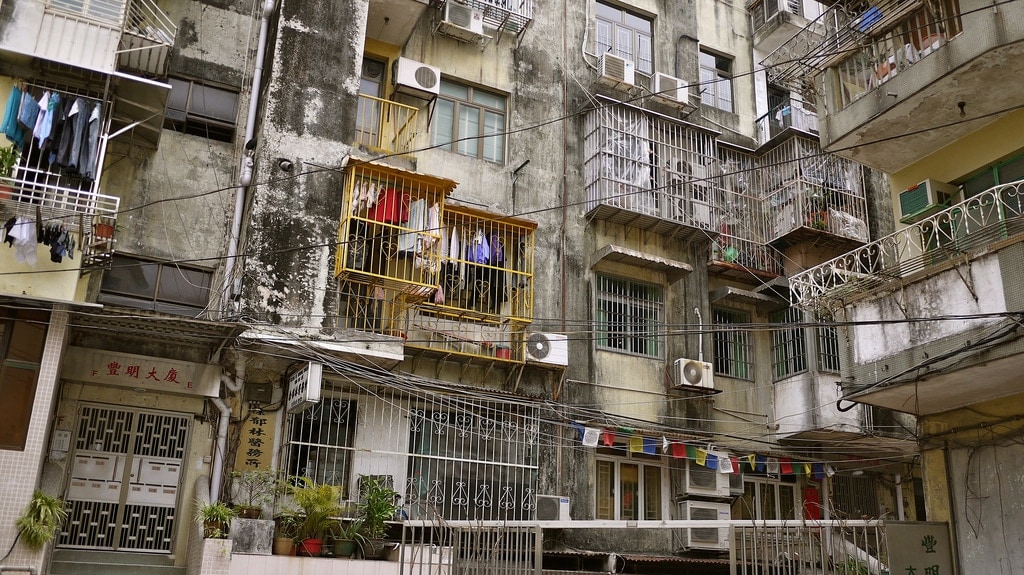
As with many places in China people keep strong bars over their windows to keep burglars out. Some cities have started to outlaw them since they become a major hazard in the event of fire since they make it harder to escape as well as enter.
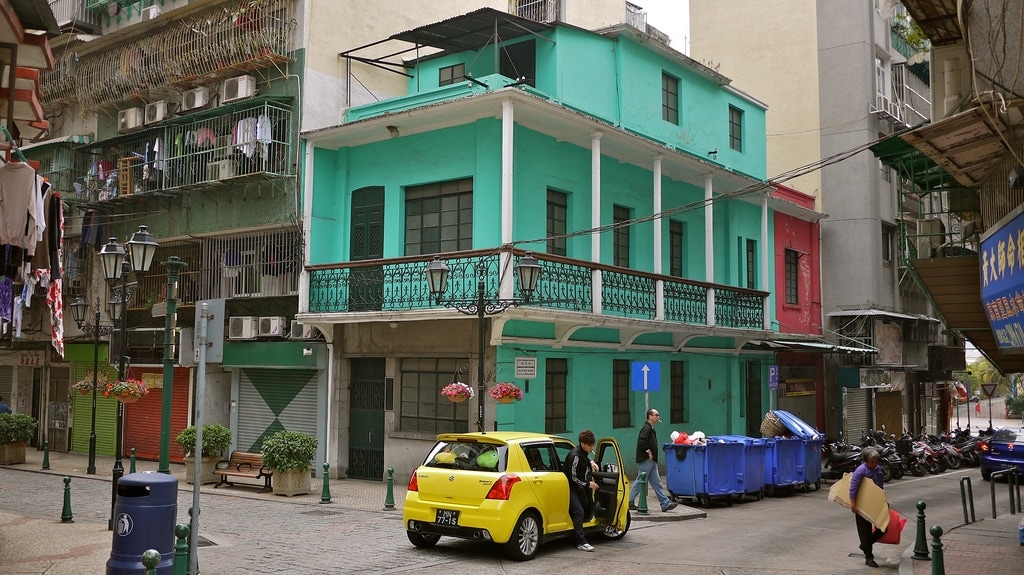
The old and the new often clash in Macau but somehow the cacophony of different styles works together quite well. I noticed there seemed to be a lot of people driving done-up cars for some unknown reason.
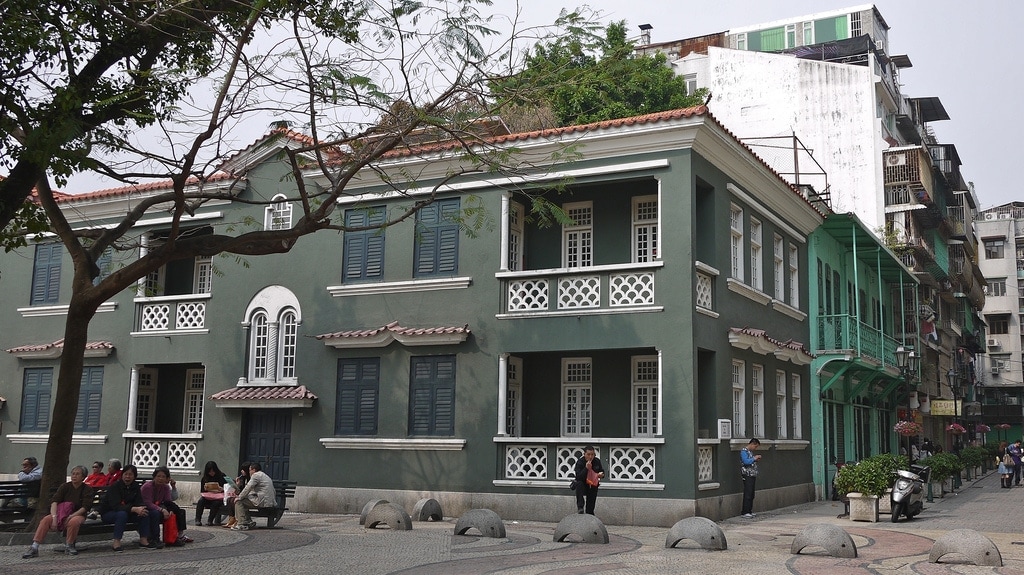
In typical European style, Macau contains lots of small squares interspersed within the city where people can sit and enjoy the relaxed atmosphere. Here in Barra Square, there are many old banyan trees which provide much-needed shade on a warm afternoon like this.
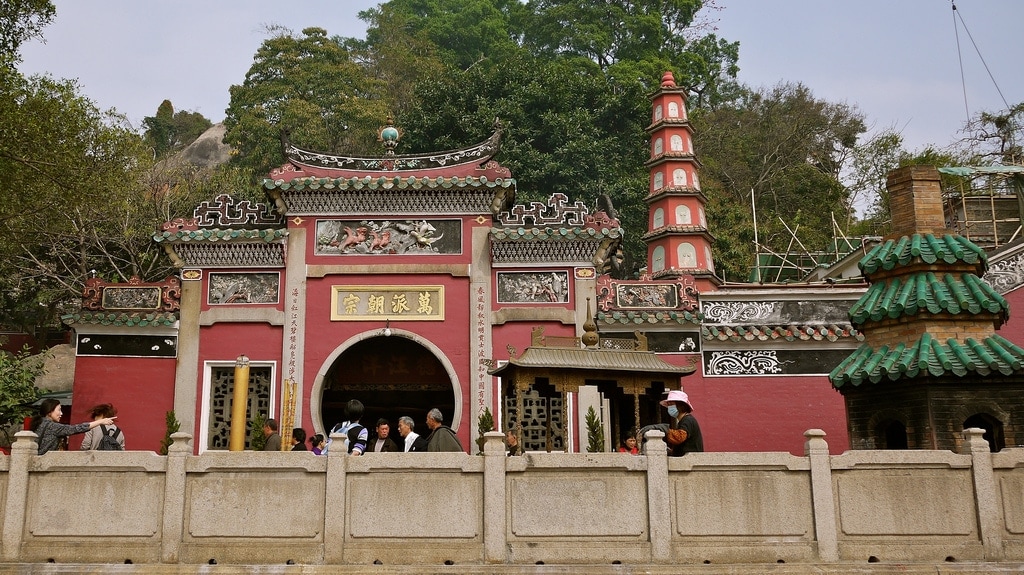
Opposite the square can be found A-Ma Temple (媽閣廟), which is the oldest in Macau, having been built in the 15th century. It’s another popular spot for tourists so expect it to be busy.
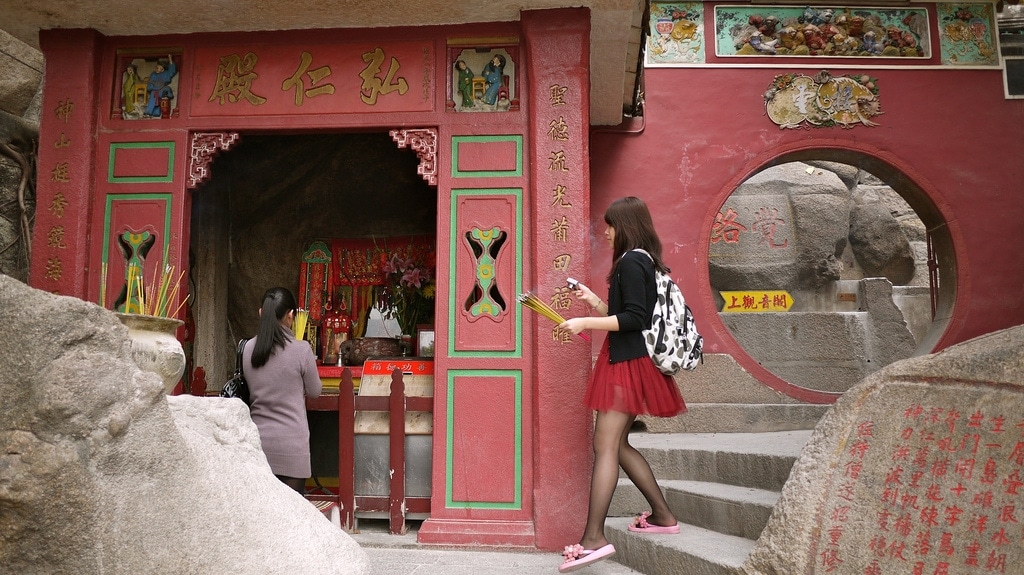
I spotted a girl holding a bundle of burning incense sticks while she waited to pray at the shrine – I wondered if she’d picked that outfit especially to match the temple 😉
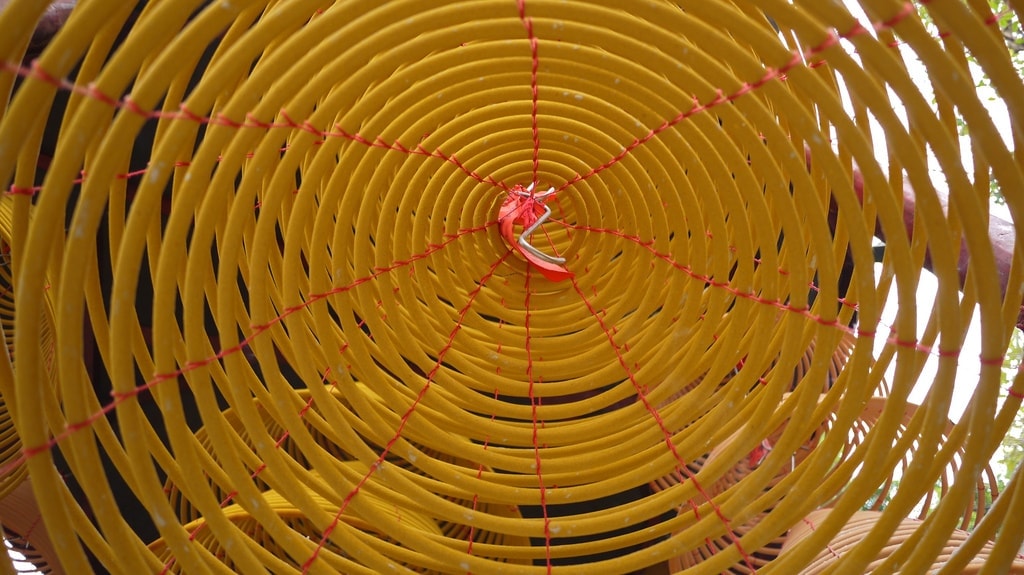
Those with more money to burn (sorry) can purchase a large incense coil which is able to burn for an extended period, from hours to days. I quite like the smell but wouldn’t fancy it all day long.
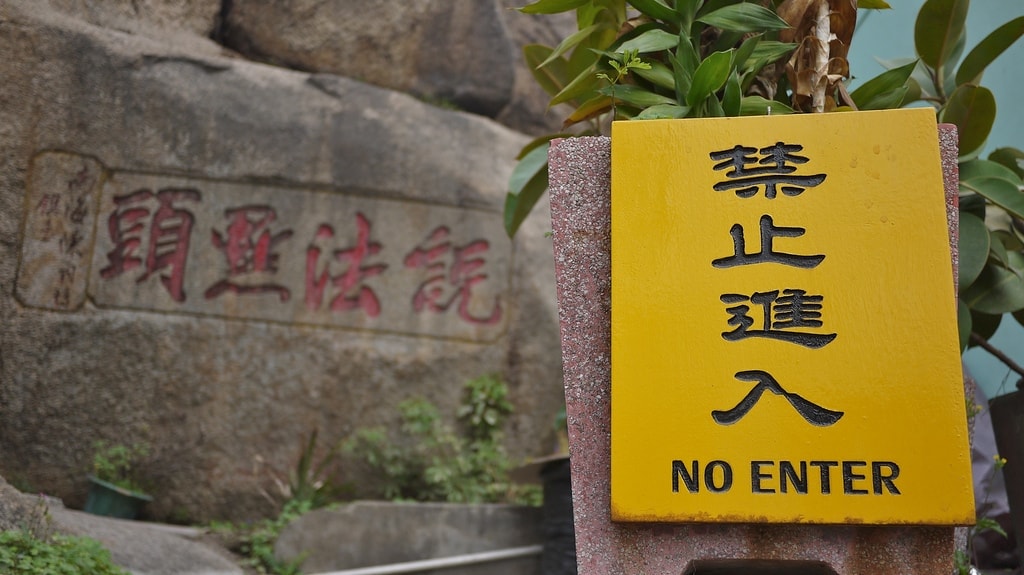
There are many inscriptions on the rocks referring to historic events and ancient Chinese literature.
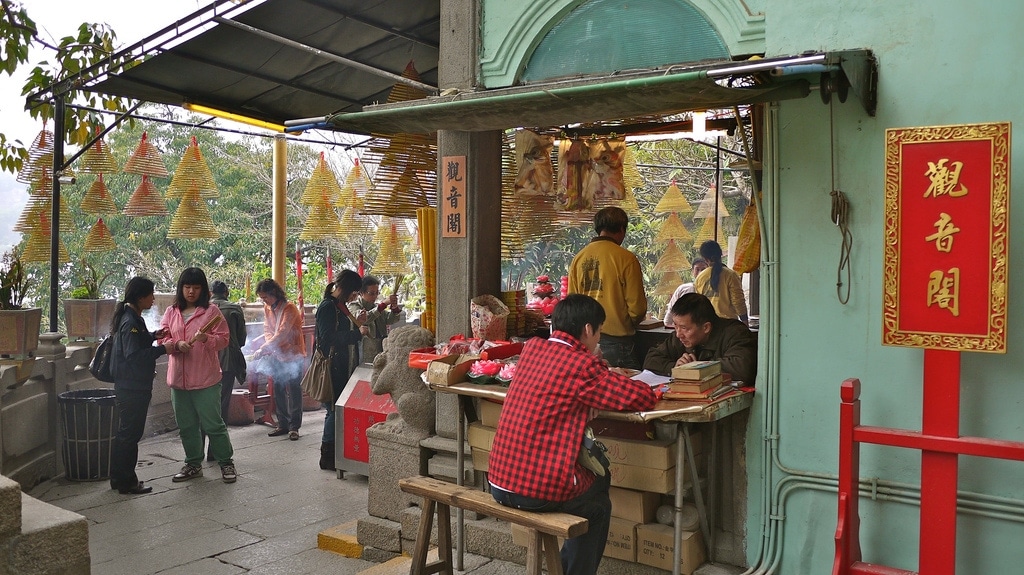
Some people come here to have their fortune read, or in other words be misled by a wizened old con man. I’d not recommend making any drastic life changes based on his predictions!
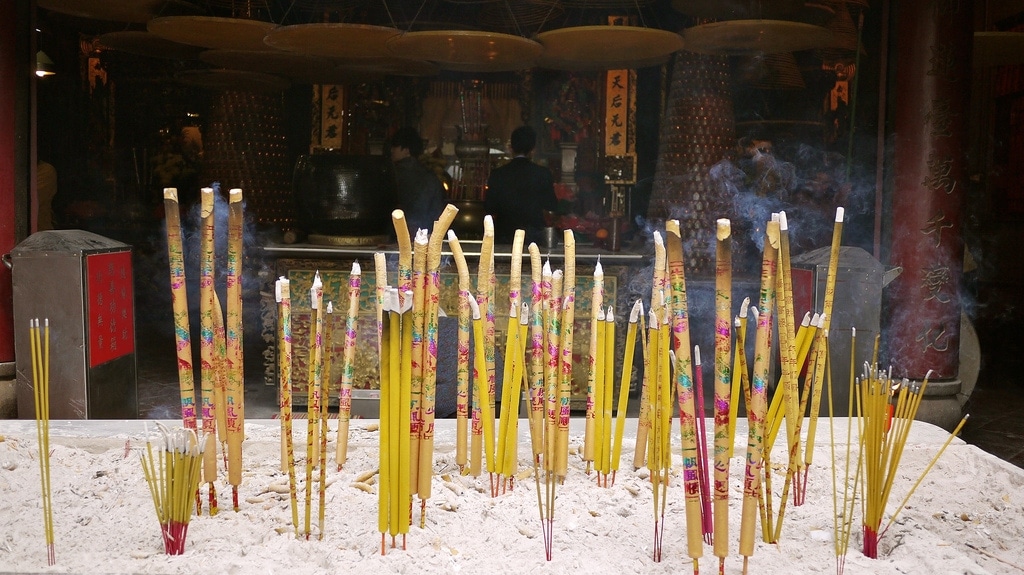
Around 400 years ago when the Portuguese first landed on the coast near the temple they asked the natives the name of the land, but the locals misunderstood, thinking that the Portuguese were asking for the name of the temple. Later, the Portuguese translated the name to ‘Macau’ and used it to refer to the land, hence how it got its name.
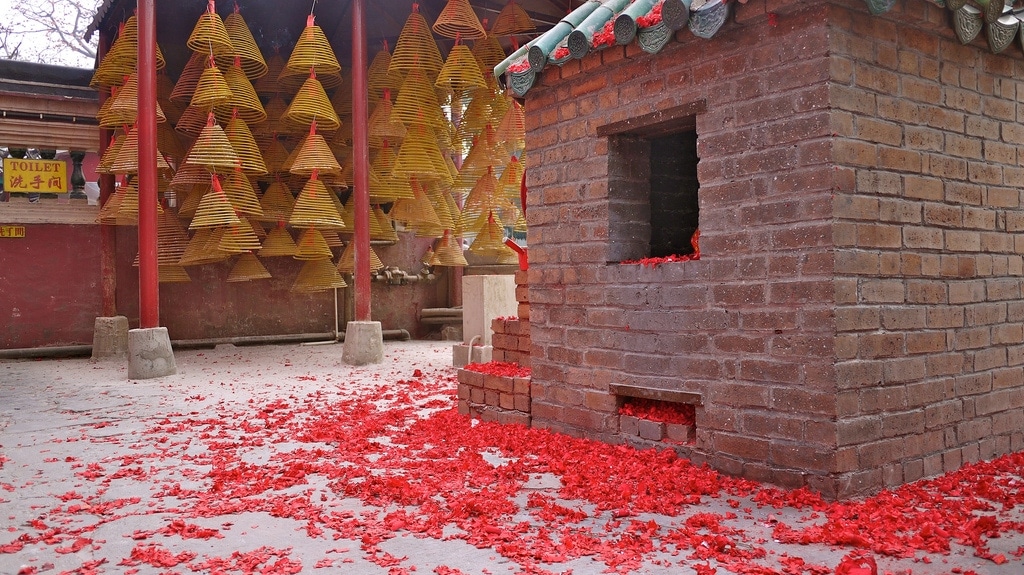
This place clearly gets through a lot of incense each day. It is reputed to be a method of purifying the surroundings, bringing forth an assembly of buddhas, bodhisattvas (an enlightened being), gods, demons, and the like.
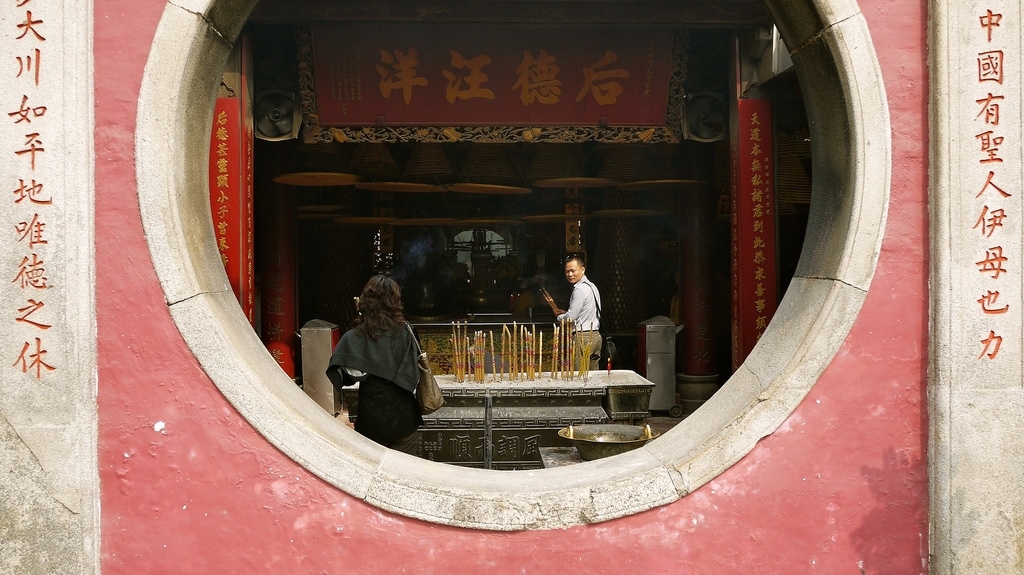
Worshipers light and burn incense sticks in bundles which they raise above the head while bowing to the statues of a deity or an ancestor. Individual sticks of incense are then vertically placed into containers located in front of the statues either singularly or in threes, depending on the status of the deity or the feelings of the individual.
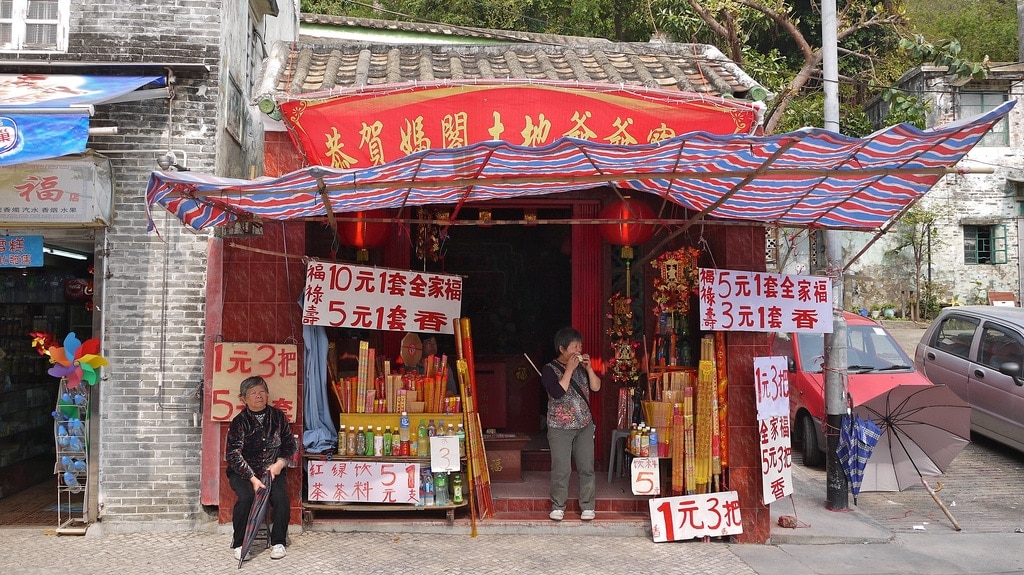
Outside most temples, you’ll find small shops selling incense to worshipers on their way in. These ladies looked like they’d been at it for some considerable time. In Part 3 of this series, we’ll venture inside an old traditional community and take a look at another side of life in Macau.

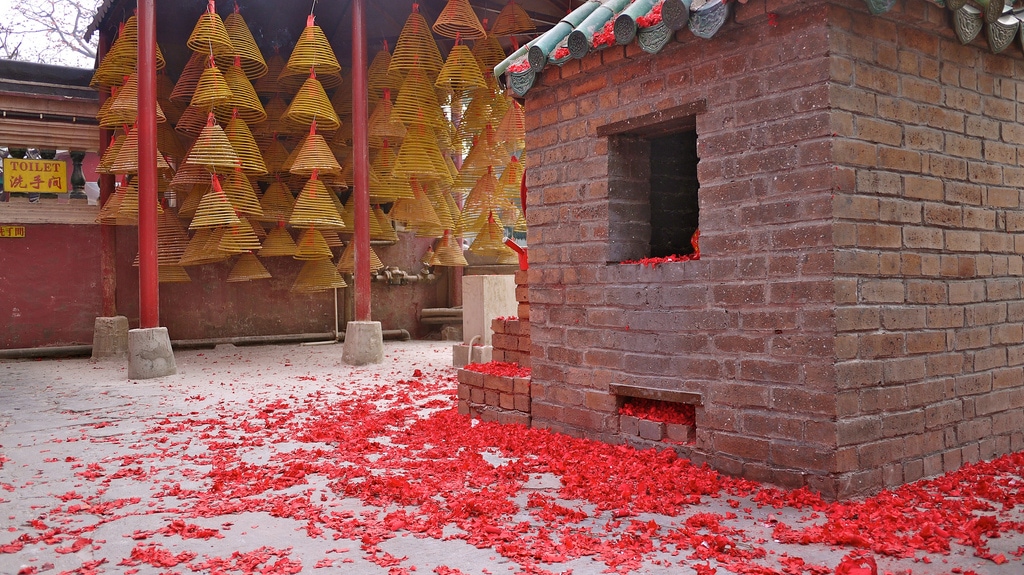
Reply